Malabar Peppercorns: The Spice That Brings the Heat (And a Whole Lot of Flavor)
Table of Contents
- Introduction
- The Rich History Behind Malabar Peppercorns
- Flavor Profile & Why They’re Special
- Top 5 Cooking Tips for Using Malabar Peppercorns Like a Pro
- Buying Guide: Choosing the Best Malabar Peppercorns
- How to Store Malabar Peppercorns for Maximum Freshness
- What Foods Pair Best With Malabar Peppercorns?
- Comparison Table: Malabar vs Other Black Peppers
- Final Thoughts: Is It Worth the Hype?
Introduction
If you’ve ever tasted a dish that made your taste buds tingle in the best way possible, there’s a good chance black pepper was behind it — specifically, Malabar peppercorns. These aren’t just any peppercorns; they're the gold standard in the spice world. Known for their bold heat and complex flavor, Malabar peppercorns have been cherished for centuries, not just for their culinary power but also for their historical significance.
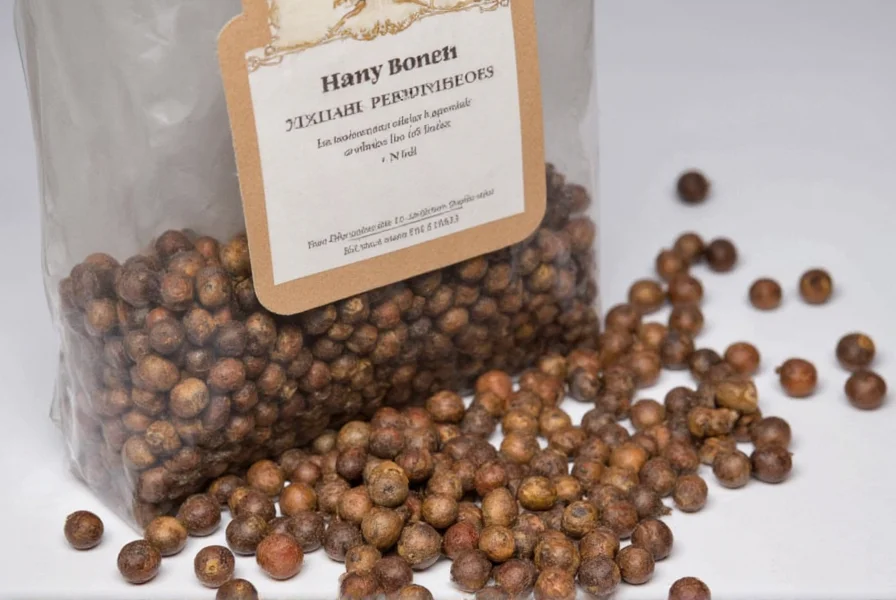
The Rich History Behind Malabar Peppercorns
Let’s time-travel back to ancient India. Yep, we’re talking thousands of years ago when the Malabar Coast — now part of Kerala — became the epicenter of global spice trade. Malabar peppercorns were so valuable they were once called “black gold.” Traders from Rome and Egypt traveled great distances to get their hands on these tiny treasures. In fact, they were used as currency, diplomatic gifts, and even forms of tribute during wars!
Today, Malabar peppercorns still come from the same lush, humid regions of Kerala, where they’re sun-dried naturally, preserving their vibrant color and rich aroma. This traditional method is what sets them apart from other commercial black peppers.
Flavor Profile & Why They’re Special
So what makes Malabar peppercorns stand out? Let’s break it down:
- Heat Level: Medium-high. Not too spicy, not too tame — just right.
- Flavor Notes: Earthy, woody, slightly citrusy, and a bit floral.
- Aroma: Strong, pungent, and unmistakably fresh when crushed.
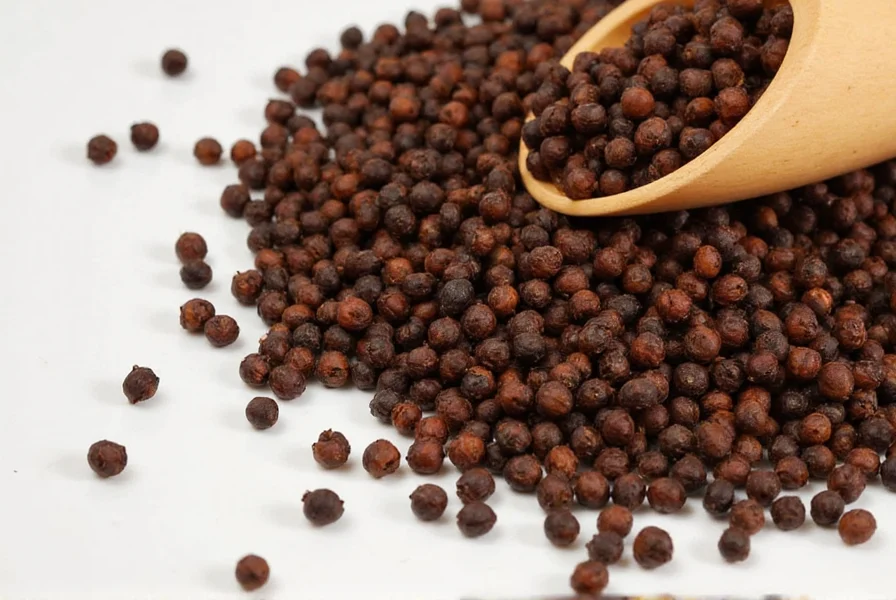
Unlike generic supermarket black pepper, which can be dull and flat, Malabar peppercorns deliver a dynamic flavor experience. When freshly ground, they release aromatic oils that elevate everything from scrambled eggs to steak sauces.
Top 5 Cooking Tips for Using Malabar Peppercorns Like a Pro
Ready to level up your kitchen game with Malabar peppercorns? Here are five must-try techniques:
- Grind Fresh Just Before Use
Always use a mortar and pestle or a quality pepper mill. Pre-ground pepper loses its punch quickly — freshness matters! - Toast Before Grinding for Extra Depth
Lightly toast whole peppercorns in a dry pan before grinding to bring out nutty, smoky notes. - Add at the End for Maximum Kick
Black pepper’s volatile oils fade with long cooking. Add it toward the end of cooking for maximum impact. - Use in Marinades and Rubs
Crushed Malabar peppercorns work beautifully in meat rubs and marinades, especially with beef, lamb, and mushrooms. - Try the Whole Peppercorn in Pickling or Braising Liquids
Whole peppercorns add subtle background heat and complexity to soups, stews, and pickles without overwhelming the dish.
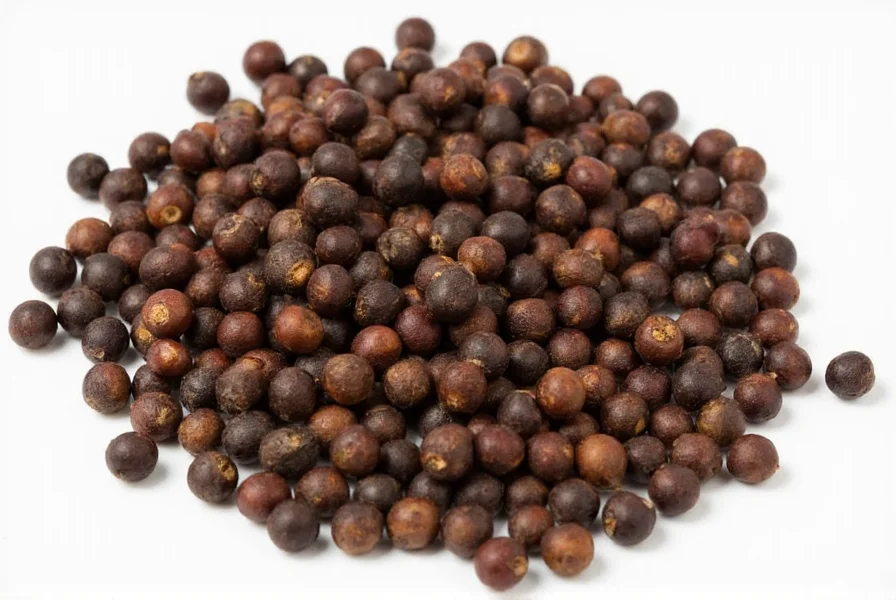
Buying Guide: Choosing the Best Malabar Peppercorns
Not all Malabar peppercorns are created equal. Here's what to look for when shopping:
| Feature | Why It Matters | What to Look For |
|---|---|---|
| Origin | Kerala-grown peppercorns are considered superior due to climate and soil conditions. | Look for “Kerala Malabar” or “Single-Origin Malabar” labels. |
| Size | Larger peppercorns usually mean better oil retention and flavor. | Choose medium to large-sized, plump berries. |
| Color | Fresh peppercorns should be dark black with a slight sheen. | Avoid faded, dusty, or overly pale ones. |
| Packaging | Air-tight containers preserve freshness longer. | Opt for vacuum-sealed bags or glass jars with tight lids. |
Recommended Brands
- Maria Malabar Farms – Organic Whole Peppercorns
- Features: USDA organic certified, hand-harvested in Kerala.
- Best for: home cooks who want consistent quality.
- Occasion: everyday cooking, gifting.
- Sunbird Spices – Single Origin Malabar Pepper
- Features: small-batch processed, sustainably grown.
- Best for: gourmet chefs and foodies.
- Occasion: special dishes, dinner parties.
- Kairali Natural – Whole Black Pepper (Tellicherry Grade)
- Features: larger-than-average peppercorns, intense flavor.
- Best for: slow-cooked dishes and infusions.
- Occasion: stews, soups, and braises.
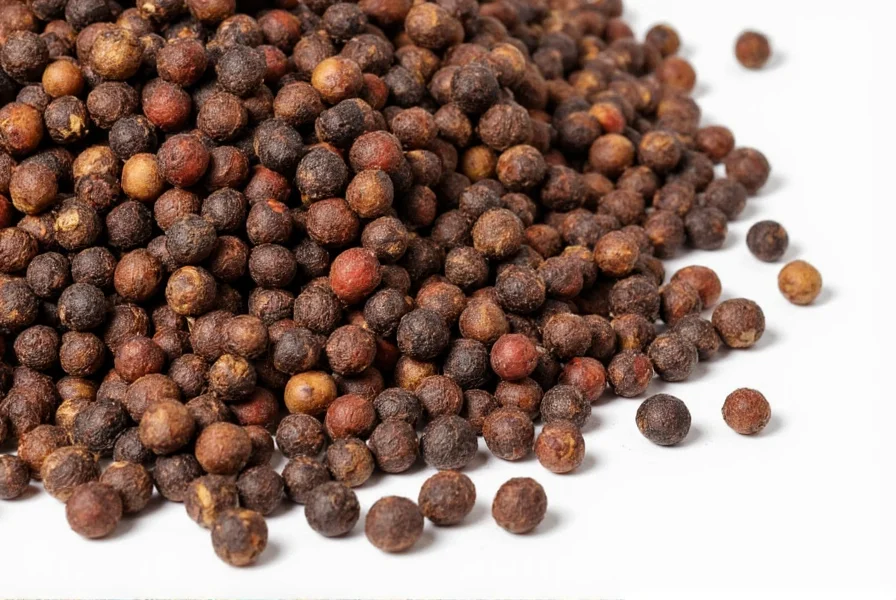
How to Store Malabar Peppercorns for Maximum Freshness
Proper storage is key to keeping your Malabar peppercorns flavorful for months. Follow these simple rules:
- Air-Tight Container: Exposure to oxygen causes oxidation and flavor loss.
- Cool, Dark Place: Keep them away from heat sources and sunlight to preserve oils.
- Whole vs Ground: Store them whole! Grind only what you need for each use.
What Foods Pair Best With Malabar Peppercorns?
The versatility of Malabar peppercorns is one of their superpowers. Here are some classic pairings:
- Steak & Grilled Meats: A sprinkle of freshly cracked Malabar pepper turns a basic steak into something magical.
- Eggs: From scrambled to shakshuka, black pepper adds depth and warmth.
- Cheese Boards: Try pairing with aged cheddar or goat cheese for a savory-spicy contrast.
- Chocolate Desserts: Yes, really! A pinch of finely ground Malabar peppercorn can enhance the richness of dark chocolate.
- Vegetables: Roasted carrots, mushrooms, or cauliflower gain a bold kick when finished with this pepper.
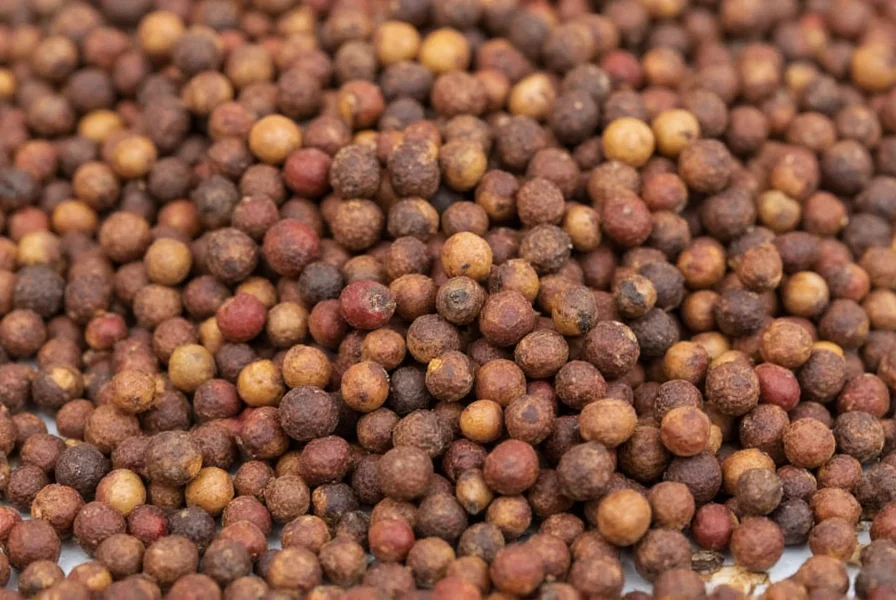
Comparison Table: Malabar vs Other Black Peppercorns
| Type | Heat Level | Flavor Profile | Region | Price Range |
|---|---|---|---|---|
| Malabar | Medium-High | Earthy, floral, citrusy | Kerala, India | Moderate to Premium |
| Tellicherry | High | Bold, woody, complex | Kerala, India | Premium |
| Vietnamese | Medium | Dry, earthy, less fruity | Vietnam | Budget-Friendly |
| Brazilian | Low-Medium | Mild, grassy | Brazil | Budget-Friendly |
Final Thoughts: Is It Worth the Hype?
Yes, yes, and triple yes. Whether you're a professional chef or someone who simply loves to cook with real ingredients, investing in high-quality Malabar peppercorns will transform your meals. They offer a depth of flavor that generic black pepper can’t match, and once you taste the difference, you’ll never go back.
From enhancing everyday dishes to impressing guests with gourmet flair, Malabar peppercorns deserve a prime spot in your spice rack. So next time you reach for the pepper, make sure it’s the good stuff — your taste buds will thank you.


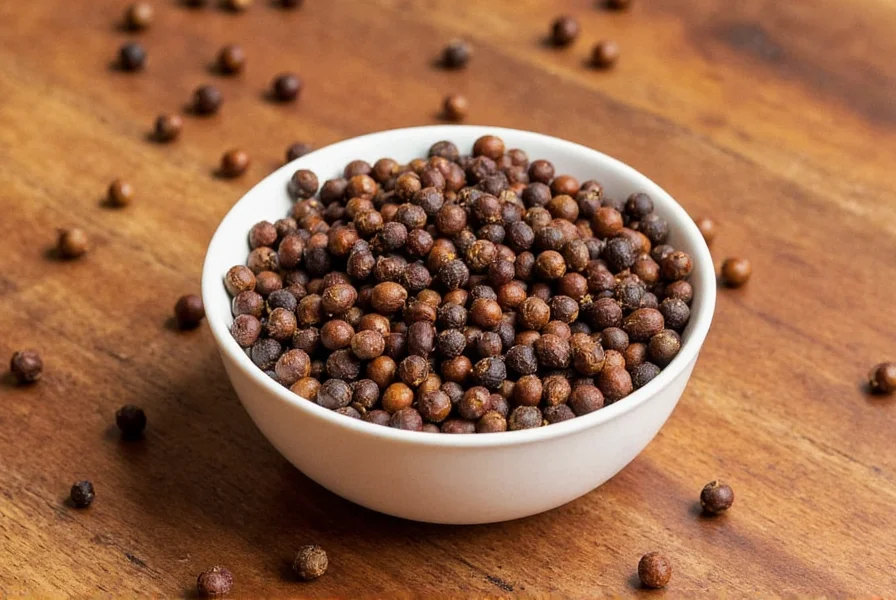









 浙公网安备
33010002000092号
浙公网安备
33010002000092号 浙B2-20120091-4
浙B2-20120091-4